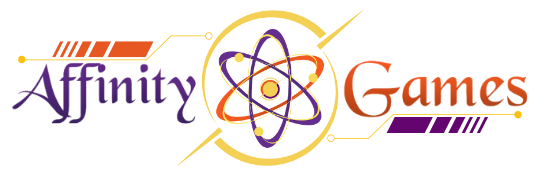
Hareruya Deck Tech: Cavalcade Red Dead
Share
I actually saw this deck list twice since M20 was released. The first time was in MTG Arena and the second time in Hareruya’s Holiday Standard Tournament. And I thought, “why not make an article about it?” Well here its. It’s RED, It’s ANGRY. It’s Cavalcade Red!
Red Wants You Dead FAST!
Mono Red Aggro never really got off the ground once M20 released cards that gave way for bigger and more board-oriented decks. Mono Red received some good cards like Chandra, Awakened Inferno and Chandra, Acolyte of Flame, but it just wasn’t enough.
Bottomline, some decks were just too damned good at pacing out with Red’s aggressiveness. Cavalcade Red is a different shell from your traditional Mono Red since this one doesn’t run Experimental Frenzy or Runaway Steamkin.
Here’s the list that Sueyoshi Hirozaku used to score 3-0 in their tournament:

Creatures
Spells
4 Shock
Lands
21 Mountain
Sideboard
4 Fry
All Aboard The Cavalcade Train!
The deck is pretty straightforward. Your goal is to drop Cavalcade of Calamity the soonest time possible. If you can drop it on turn 2, then you’ve pretty much secured a game-winning position and all you have to do is get him down to 0 before turn 5 ends.

And that’s pretty easy to accomplish too.
Here’s what Cavalcade does, as long as you attack with a creature with power 1 or less, it deals 1 damage to player or planeswalker that creature is attacking.
If you have 4x Cavalcade’s in play, one creature can deal 4 damage before he deals combat damage.
That’s why you have 10 1-drop creatures, all with 1 power to trigger Cavalcade. Then you have your 1/1 tokens from Chandra, Acolyte of Flame, Legion Warboss, and Scampering Scorcher.
That’s more than enough creatures to make sure that Cavalcade triggers. But these creatures aren’t the only ones going to help you secure the win by turn 5.

Chandra’s Spitfire is the real 1-2 combo with Cavalcade of Calamity.
This is where the interactions gets tricky, but you only need to navigate the timing.
Chandra’s Spitfire’s ability doesn’t trigger until it checks for noncombat damage first. When you swing with Spitfire, Cavalcade’s ability triggers first since it’s a creature with 1-power. If you have 2 or more Cavalcade’s, those will trigger first.
Then once Cavalcade has resolved, Spitfire’s ability checks for noncombat damage, so every instance of Cavalcade that resolves means that it gets +3/+0 before it deals combat damage. If Cavalcade fires three times, then Spitfire gets a huge +9/+0 pump.
If you have other spells such as Shock and Lightning Strike, you can cast them in response to Spitfire’s ability triggering, so you get a few more pumps in between.
What’s The Deck’s Problem?
The deck’s main problem is that you need to have Cavalcade to end the game as quickly as you can. You are relying too much on these cards to amplify your damage potential.
The second problem here is that there’s just a long list of answers to a wide board, so you can’t hope to race them by going wide too.
Is the Deck Fun To Play?
I would say that it does its best at being competitive enough that it gives decks such as Temur Elementals and Simic Flash a problem if they don’t have a solid answer for Cavalcade of Calamity.
One could even take this to their local FNM’s and bag out a few easy wins.
If you’re new to Magic the Gathering and want to get into Standard, this is a great deck for beginners and those on a budget.
Check out AliasV’s video as he pilots Cavalcade Red:
Related Links
Written by:




